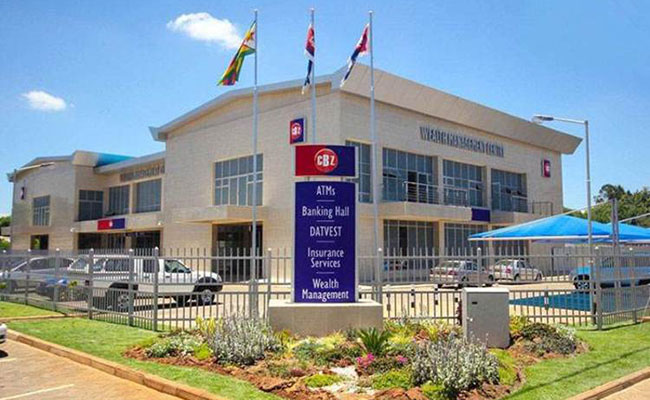EDITORIAL COMMENT: Steel can lead industrial rebirth

Reviving Zimbabwe’s steel industry involves a lot more than simply repairing or rebuilding sections of the old Zisco plant in Redcliff. It will involve the shift to more modern requirements and resuscitation of and expansion of a range of mining and other industries to ensure all raw materials are available.
This is both a challenge, as a lot of work needs to be done, and a great opportunity for Zimbabwe to use far more of its own natural resources effectively, at the same time creating good jobs and national wealth.
Since everything required for steel-making is in the country, a revived industry can be the centre of a general development of heavy industry.
Former Zisco chief executive Dr Gabriel Masanga sketched some of the requirements in a paper to the Parliamentary Portfolio Committee on Industry and Commerce.
Zisco can obtain its iron ore nearby, but was requiring 100 000 tonnes of coal a month from Hwange, meaning that the mines there must be able to produce that extra coal. Moving the coal to Redcliff means that the railways have to be back in better shape.
That in turn requires a dedicated fleet of up to six locomotives doing nothing, but hauling wagons filled with coal to Zisco.
Another major input is pure oxygen. A whole complex industrial base was set up in the Kwekwe area to do this. Sable Chemicals was set up to make nitrogenous fertilisers, getting the required nitrogen by liquefying air and the required hydrogen by electrolysing water using cheap electricity.
Both processes generated oxygen as a by-product and this was sold to Zisco, being despatched down a short pipeline. Without those oxygen sales Sable was a lot less viable and rising electricity prices made the hydrogen plant very expensive so other sources were sought.
Those responsible for reviving steel will have to work out whether enough oxygen can be supplied by existing processes and if not what new chemical industries will be required. So even at this early and basic stage we have at least three industries — coal, iron and chemicals — involved and the list will grow.
Then there is the necessary technical updates. When Zisco first started producing steel most of the world’s steel-makers produced cast ingots that were processed later. Now less than five percent of global output is in this form. The overwhelming bulk is continuously cast with an alloy make up very close to desired final products. Zisco will have to do the same.
One of the perennial problems Zisco faced, right back to the UDI era, was the lack of rolling mills and other product processing equipment.
If Zisco is to compete on export markets and if it is to be able to supply quality materials to Zimbabwean industrialists it will need to install modern equipment that can supply exactly what markets require.
So reviving Zisco is not like reviving a shop. It is far more complex requiring a lot of investment, which is presumably why potential external investors have been approached, a substantial investment of new technology, the expansion of mining and an expansion of Zimbabwe’s chemical industries.
So its revival will boost the economy simply on the side of Zisco’s demands. But it will also obviously boost the economy downstream by providing a vital raw material for almost every industry at a rational price.
All of this is worthwhile, very worthwhile, but is does require a lot of effort and co-ordination to achieve.









Comments